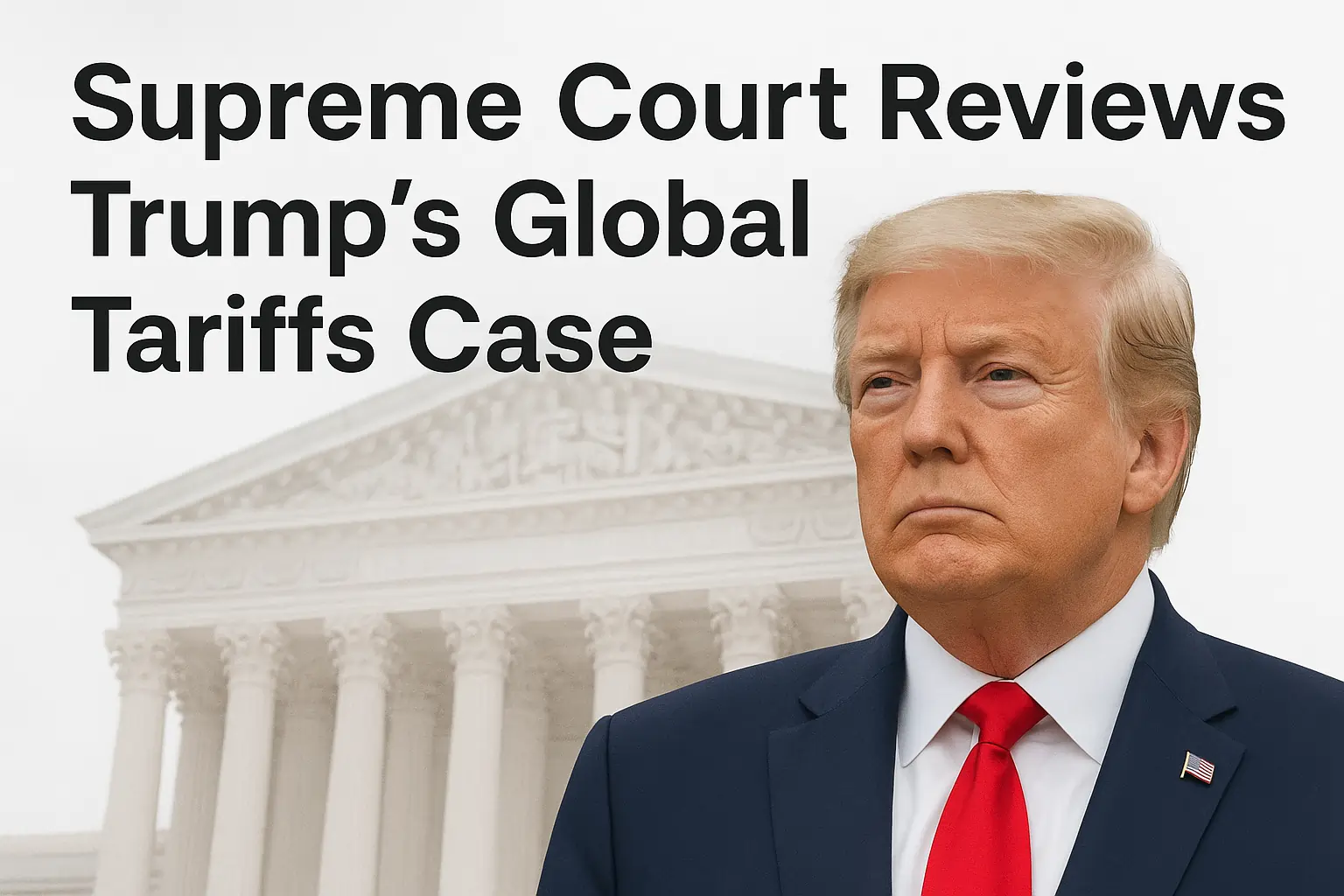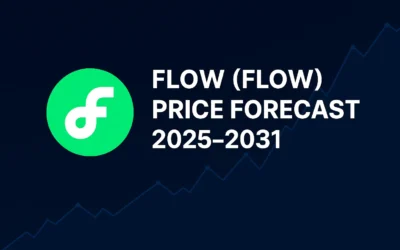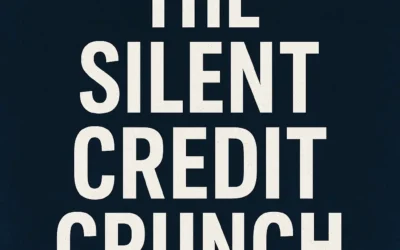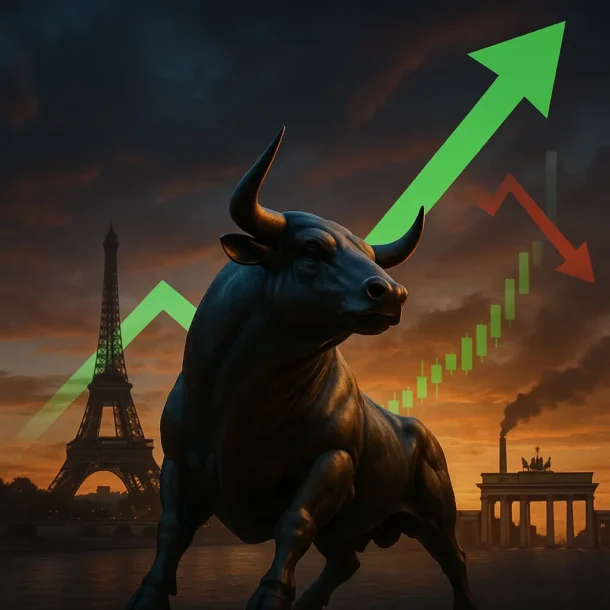Washington, D.C. — The Supreme Court on Monday heard arguments in a case that could redefine the boundaries of presidential power in trade policy, taking up a challenge to former President Donald J. Trump’s global tariffs — while the man who championed them stayed notably absent.
At issue is whether Mr. Trump exceeded his authority when he invoked Section 232 of the Trade Expansion Act of 1962 to impose sweeping tariffs on steel and aluminum imports from around the world. The law allows the president to restrict imports that threaten national security — but critics say Mr. Trump stretched that rationale far beyond its intent.
A Legal Test of Executive Power
Trump’s tariffs, imposed in 2018, affected imports from allies including Canada, Mexico, and the European Union. His administration defended them as essential to “rebuilding America’s industrial base” and countering “unfair trade practices.”
The plaintiffs — a coalition of American importers, manufacturers, and business groups — argue that Trump’s use of Section 232 transformed a narrowly tailored statute into a blank check for unilateral trade action.
“Congress never intended for one person to wield this much economic power,” said Thomas Ridley, general counsel for the American Metal Importers Association, the lead plaintiff. “The Constitution vests control over tariffs squarely in Congress, not the Oval Office.”
Inside the Courtroom
The justices engaged in nearly two hours of lively debate, reflecting both skepticism and caution about redrawing long-standing lines between Congress and the presidency.
Justice Neil Gorsuch, who has previously voiced concerns about broad executive delegations, pressed the government to clarify limits on presidential discretion. “If the president can declare an economic issue a matter of national security, what’s left of Congress’s power to regulate commerce?” he asked.
Justice Elena Kagan, meanwhile, suggested that striking down Section 232 could upend decades of trade practice. “Every administration since the 1960s has relied on this law,” she said. “Why should we now say that all of them were acting unconstitutionally?”
Chief Justice John Roberts appeared to search for a middle ground, questioning whether the Court could uphold the law but require more defined standards for invoking national security. “This case invites us to consider the proper balance — not to rewrite the separation of powers,” he remarked.
The Government’s Defense
Representing the Biden administration, Solicitor General Elizabeth Prelogar argued that Section 232 was intentionally designed to give presidents flexibility in managing economic risks tied to national defense.
“National security is dynamic,” she said. “The threats we face today — whether from foreign dependence, cyber vulnerabilities, or economic coercion — often arise through trade channels. Congress made a deliberate choice to allow presidents to act swiftly when needed.”
Her arguments drew support from Justice Ketanji Brown Jackson, who warned that “overly constraining the president’s ability to respond to evolving global risks” could weaken the nation’s competitiveness.
Trump’s Absence and Political Undertones
Mr. Trump, who has long defended his trade measures as a pillar of his “America First” agenda, offered no public comment and did not attend the hearing. His campaign released a brief statement, calling the proceedings “a routine legal review of a successful economic policy that revitalized U.S. industry.”
Political observers interpreted his silence as strategic. “Trump is playing it smart,” said Laura Grayson, a senior fellow at the Brookings Institution. “If the Court upholds his tariffs, he’ll tout it as validation. If it doesn’t, he’ll frame it as a politically motivated decision by the establishment.”
Economic Stakes and Broader Implications
Economists say the ruling could reshape how future administrations use tariffs as a policy tool. “If the Court narrows Section 232, it could limit future presidents’ ability to respond quickly to global trade disruptions,” said Dr. Michael Tan, a senior economist at the Peterson Institute for International Economics. “But it could also restore much-needed congressional oversight to U.S. trade policy.”
The outcome could also affect ongoing trade relations with key partners. The European Union, which retaliated with tariffs on American products like bourbon and motorcycles, has been closely monitoring the case.
Looking Ahead
A decision is expected by the middle of next year. Legal analysts say the Court faces a delicate balancing act — preserving presidential flexibility while reinforcing constitutional boundaries.
“The stakes are enormous,” said Fletcher of Georgetown University. “This case isn’t just about steel or aluminum. It’s about whether future presidents can unilaterally reshape the global economy in the name of national security.”
As the Court deliberates, the absence of the man who sparked the controversy looms large — a reminder that even when Donald Trump is not in the room, the shadow of his presidency continues to shape America’s institutions.
📖 Read them on our blog: Investment Blog
Did you find this article insightful? Subscribe to the Bullish Stock Alerts newsletter so you never miss an update and gain access to exclusive stock market insights: https://bullishstockalerts.com/#newsletter
Avez-vous trouvé cet article utile? Abonnez-vous à la newsletter de Bullish Stock Alerts pour recevoir toutes nos analyses exclusives sur les marchés boursiers : https://bullishstockalerts.com/#newsletter









0 Comments